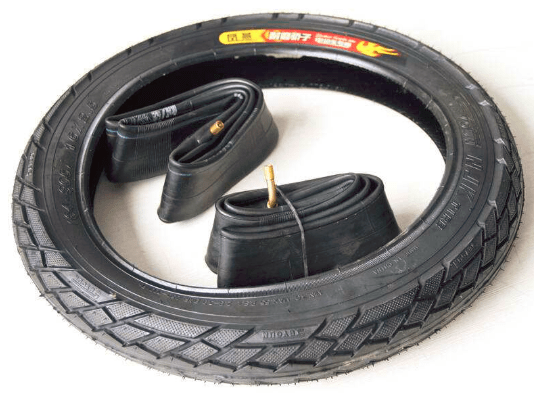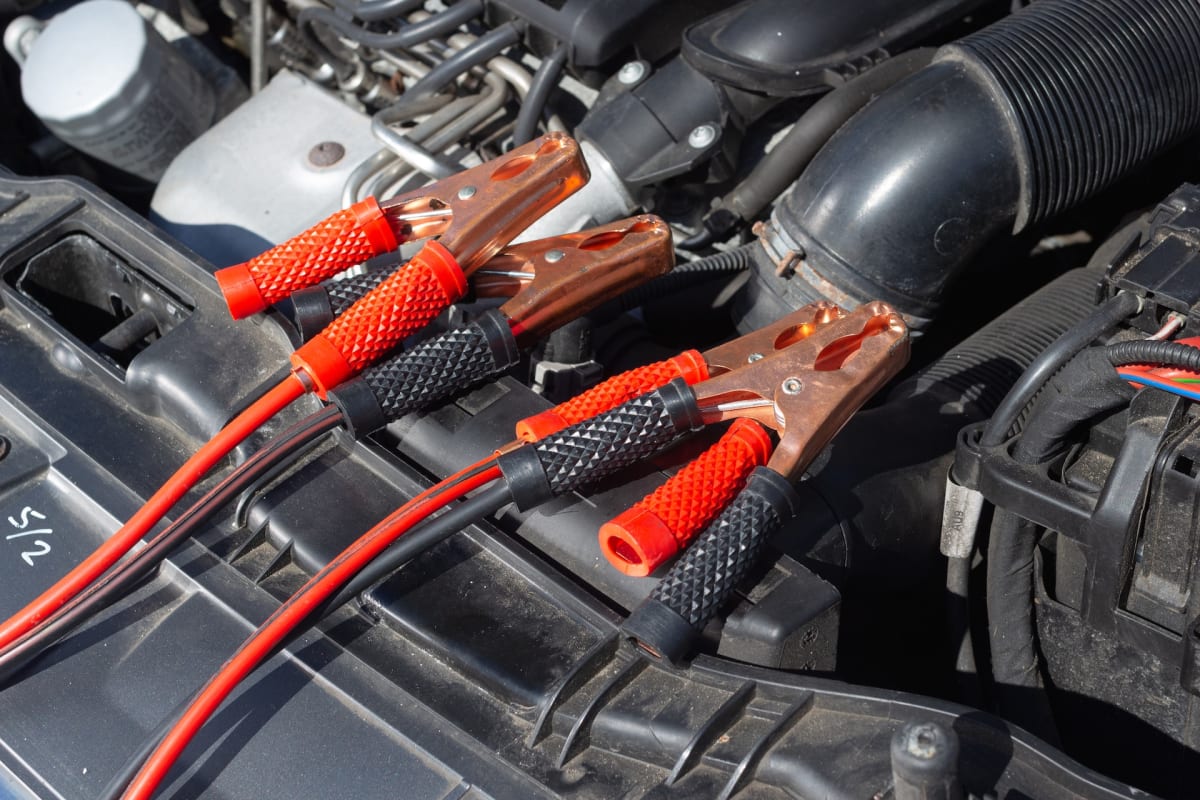
How to Handle Electric Bicycle Controller Damage
September 26, 2023Proper Procedure for Electric Vehicle Motor Disassembly and Reassembly
September 29, 2023Contents
Cleaning and Maintenance of Electric Tricycle Exterior:
Cleaning Tips:
- Avoid High-Pressure Water: Do not use high-pressure water jets to clean your electric tricycle, as this can potentially damage internal electronic components and wiring.
- Use Mild Detergent: Use a neutral or mild detergent and a soft cloth to wipe away dirt and grime from painted surfaces or plastic parts.
- Lubrication: Apply lubricating oil to the tricycle’s metal components for protection against corrosion.
- Avoid Oil on Brakes: Avoid oiling the brakes as it can reduce their effectiveness.
Routine Inspection and Maintenance:
- Check Wheel Nuts: Regularly check if the front and rear wheel nuts are securely tightened.
- Tire Pressure: Ensure that the tire pressure is within the recommended range.
- Tire Tread: Check tire treads for wear or cracks.
- Hub and Bearings: Inspect hubs for unusual noises or vibrations while riding.
- Bolts and Fasteners: Ensure all bolts and fasteners are tight and secure, especially on the frame and fork.
- Brake Performance: Verify that the brakes are working correctly and the brake cables are adequately lubricated.
Motor Maintenance for Electric Tricycle:
The motor is a crucial component of your electric tricycle, and proper maintenance is essential for its longevity.
Routine Maintenance:
- No Internal Cleaning: Typically, you don’t need to clean or maintain the internal motor components during regular use. Focus on checking the motor’s mounting and fasteners for any signs of loosening and tighten them if necessary.
- External Cleaning: Keep the exterior of the motor clean by removing dust and mud. However, do not use water directly on the motor to prevent water damage.
- Noise or Issues: If you notice unusual noises or issues with the motor, consult a professional technician for inspection and repair.
Battery Care and Maintenance for Electric Tricycle:
Proper care of the battery is crucial for your electric tricycle’s performance and longevity. Batteries typically last 2-3 years with proper care.
Battery Usage Tips:
- Use a Quality Charger: Always use a high-quality charger compatible with your battery type and voltage. The charger significantly impacts battery health.
- Regular Charging: Even if you don’t use your electric tricycle frequently, charge the battery at least once a week to prevent it from becoming deeply discharged.
- Avoid Fast Charging: Avoid frequent fast charging, as it can reduce battery life. Charge at a moderate rate.
- Avoid Overcharging: Do not leave the battery connected to the charger after it reaches full charge; disconnect it promptly to prevent overcharging.
- Steady Riding: Maintain a consistent, steady pace while riding rather than abrupt acceleration and braking.
- Avoid Deep Discharge: Do not allow the battery to discharge completely. Charge it when the battery level drops to a reasonable level.
- Check Electrolyte Levels: If you have a lead-acid battery, check and maintain the electrolyte levels according to manufacturer guidelines.
Controller Maintenance for Electric Tricycle:
The controller is responsible for managing your electric tricycle’s electrical systems.
Controller Usage Tips:
- Avoid DIY Modifications: Do not attempt to modify the controller or electrical wiring unless you are a qualified technician.
- Inspect for Loose Connections: Periodically check the wiring and connections for any signs of loosening or damage.
- Seek Professional Help: If you experience electrical problems or issues with the controller, consult a professional technician for diagnosis and repair.
Charger Usage and Maintenance for Electric Tricycle:
The charger plays a critical role in keeping your battery healthy.
Charger Usage Tips:
- Match Charger and Battery: Always use a charger that matches your electric tricycle’s battery specifications, including voltage and capacity.
- Proper Charging Environment: Charge the battery in a well-ventilated area with a stable temperature around 25°C.
- Disconnect After Charging: Once the battery is fully charged, disconnect it from the charger promptly to prevent overcharging.
- Avoid Water Exposure: Protect the charger from exposure to water and moisture.
By following these guidelines for cleaning and maintaining your electric tricycle and its major components, you can ensure its safety, reliability, and longevity. Regular inspections and proper care will help you enjoy your electric tricycle for years to come.




